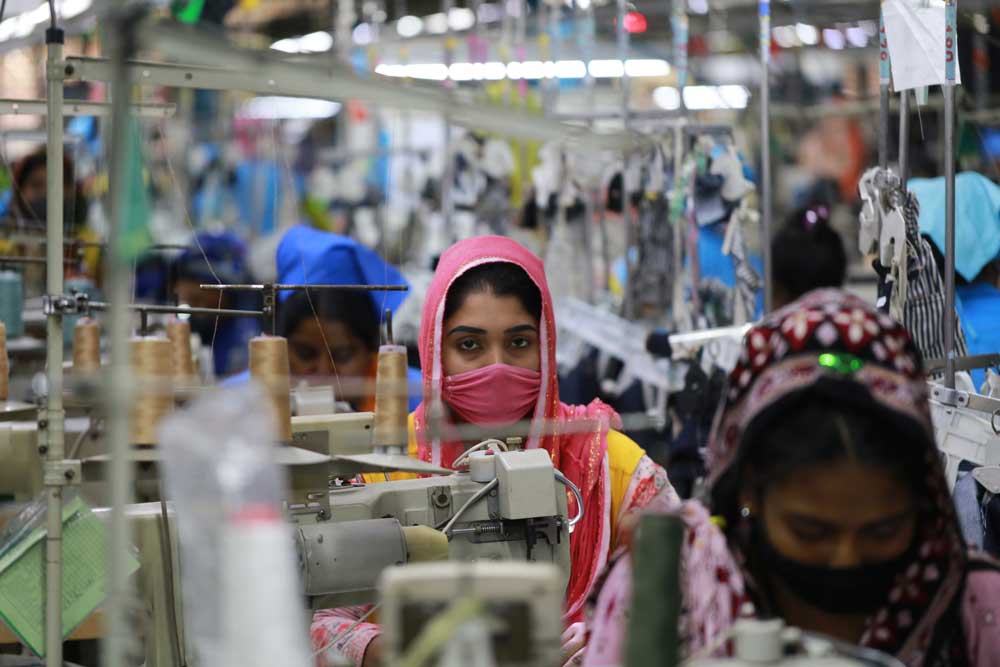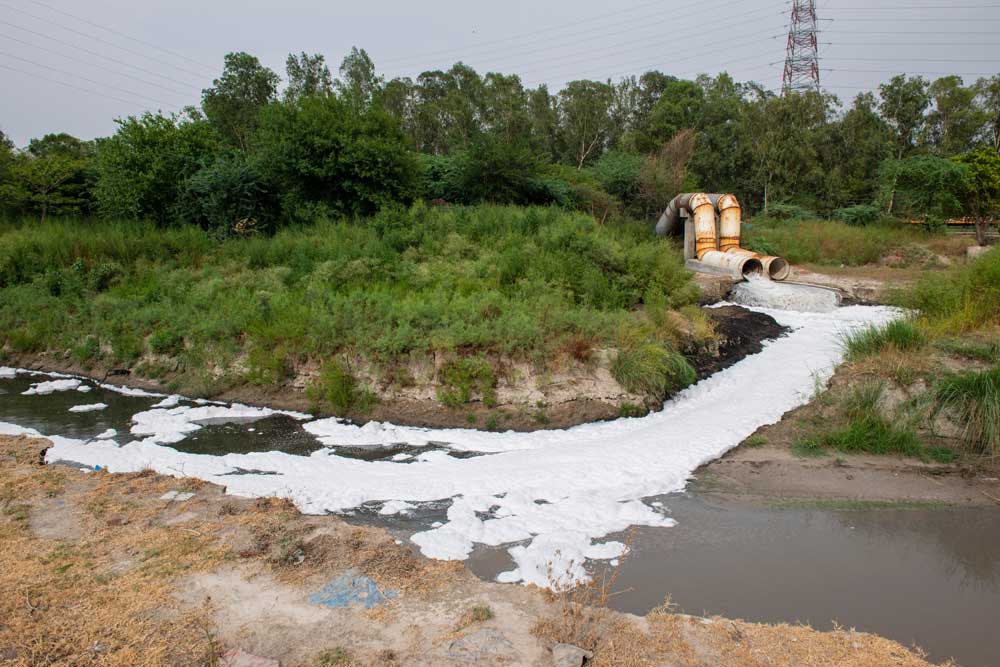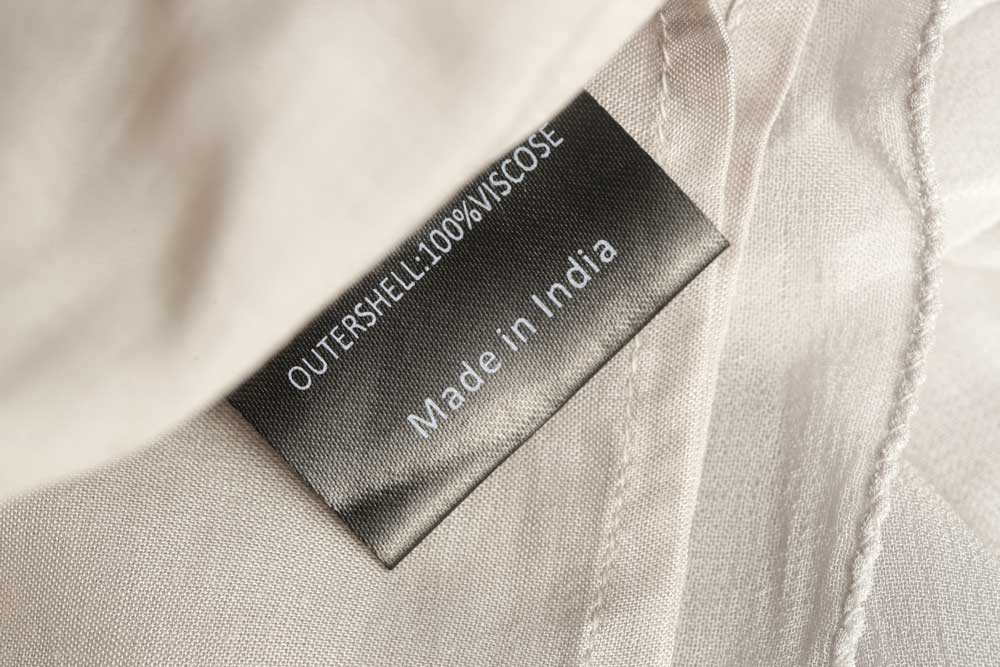A recent Al Jazeera 101 East video, titled ‘Fast fashion and the dark side of textile recycling in India,’ brought to light a grim reality: India has become the global dumping ground for Western textile waste. Containers brim with discarded clothes, while workers at recycling plants face hazardous conditions and severe health risks. As the world indulges in cycle after cycle of disposable fashion, India bears the brunt of recycling, and the human toll is real.
India and Bad Factory Conditions Aren’t New
The issues unveiled by the Al Jazeera piece echo longstanding problems in India’s garment and leather sectors. Tiruppur, India’s knitwear capital, exports over $5 billion annually through more than 10,000 factories employing about 600,000 workers
Within this ecosystem, the Sumangali scheme- a form of bonded labour targeting young women aged 15 to 18- has persisted for decades. Under the promise of a bonus and housing, girls are confined to factory dorms, endure 12‑hour shifts with limited freedom, and often leave the job before receiving promised paybacks.

Similar exploitation plagues India's leather tanning sector. In Kanpur’s tanneries, exposure to chromium and acidic chemicals has led to dramatically higher rates of respiratory illnesses and dermatitis compared to unexposed controls (40.1 per cent vs 19.6 per cent).
The Kolkata Leather Complex, mandated to relocate and treat waste, remains a toxic zone, with workers suffering from chronic skin conditions, lung damage, and contamination of local water systems with carcinogenic chromium compounds.
Why India Needs to Care
India’s labour force in textiles, leather, and handicrafts comprises tens of millions, roughly 45 million people, with at least 60 per cent being women, many from under-resourced, rural communities. These sectors are not just economic engines, they're lifelines. When working conditions are neglected and workers are underpaid or unprotected, it doesn’t just undermine the ‘Made in India’ label; it undermines livelihoods, gender equality, and social equity.

If major sourcing hubs rely on unethical practices to serve international demand, whether through Sumangali contracts in Tirupur or chromium-exposed workers in Kanpur, the brand value of ‘Indian-made’ is hollow unless consumers demand transparency and justice.
What Does ‘Made in India’ or ‘Handmade in India’ Even Mean?
Officially, these labels have no guarantee of fair treatment. There are no mandatory inspections or certifications for worker safety or wage standards under these tags. Unlike the RugMark label in carpets or Fairtrade certifications in cotton, most fashion products carry no oversight on whether wages meet living standards or whether child or bonded labour is present.

Without verification, even high-end, artisanal products can be tainted. Consumers may believe they're supporting ethical supply chains when in reality, poor oversight, fragmented subcontracting, and minimal protections obscure exploitative conditions.
The Difference Between Empowering and Exploiting Artisans
Brands that work directly with artisans, cultivate mutual trust, use agreed pricing, avoid middlemen, and allow makers to retain creative control can foster empowerment. Conversely, brands that outsource cheaply, show no transparency, or keep subcontracted margins opaque can perpetuate marginalisation.
What Consumers Can Do
A conscious shopper can shift the balance through informed choices:
Look for credible certifications: Seek Fairtrade, GOTS, RugMark, or verified artisan collectives.
Read brand policies: Ethical brands often publish sourcing and labour commitments. Avoid vague language.
Ask questions: DM or email brands about crop, craft, and labour standards; micro‑brands are increasingly responsive.
Support traceable, transparent labels: Seek those employing traceability technology like blockchain or open supply maps.
Buy less, choose well: Opt for handcrafted, durable pieces instead of mass-imported fast fashion.
Follow NGOs: Organisations like SEWA, Childline India, and SAVE in Tirupur document abuses and rescue forced labour victims, supporting them helps workers directly.
'Made in India' can convey beauty, craftsmanship, and heritage, but only if its human cost is honoured, not ignored. The Al Jazeera report on textile recycling is a wake-up call: no indulgence in fast fashion is worth poisoning people, violating labour rights, or perpetuating cycles of poverty. Ethical sourcing and worker dignity must move from footnotes to fundamentals. Until then, Indian-made labels must come with nuance and consumers wield more power than they realise.